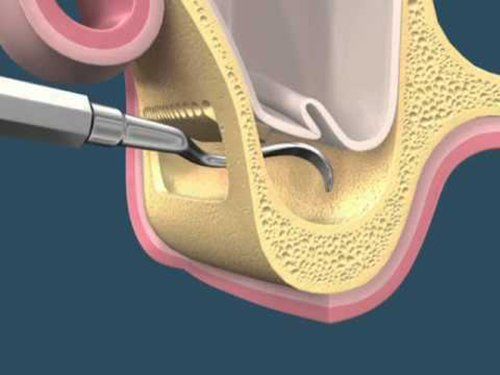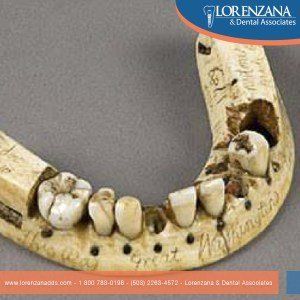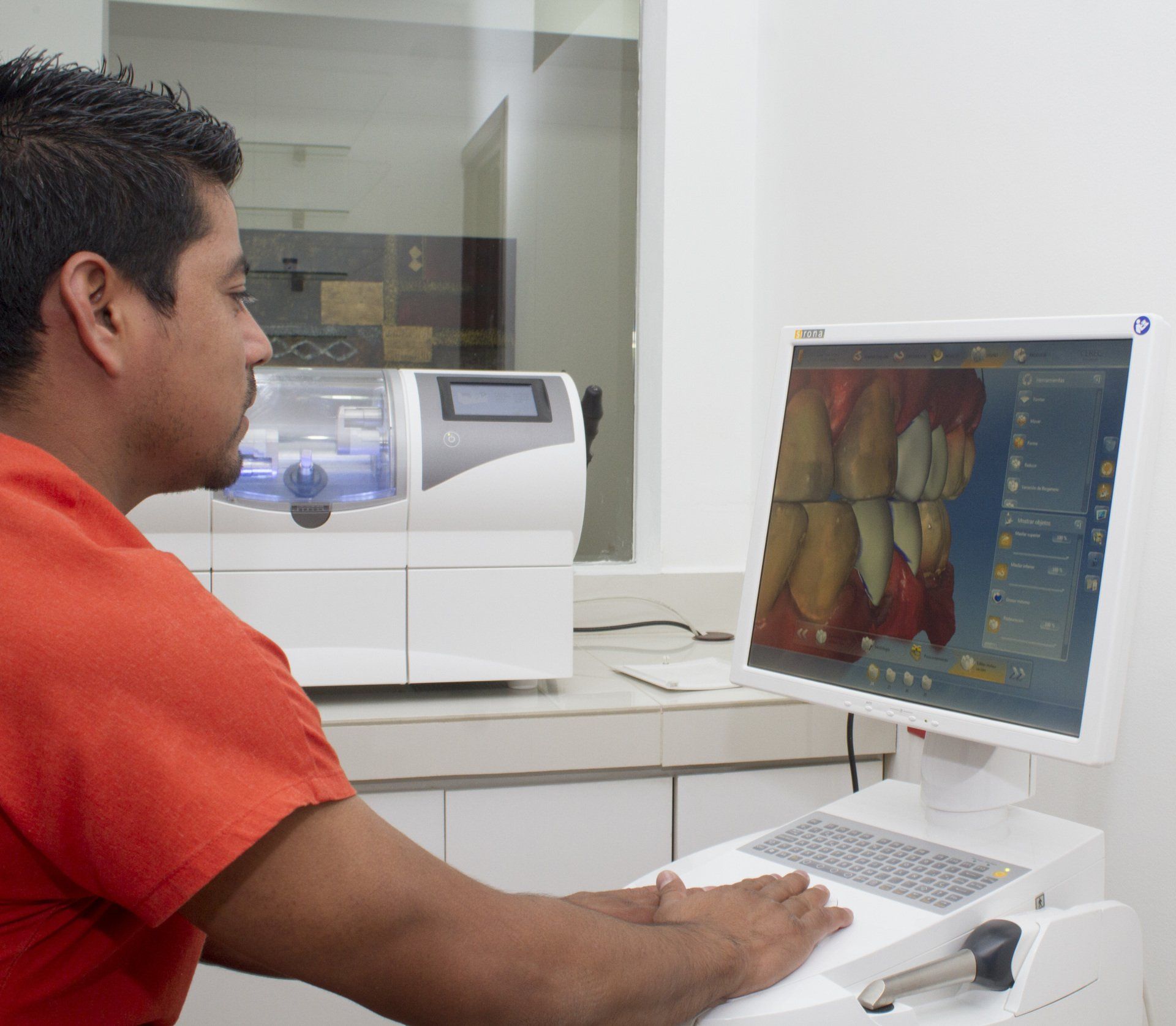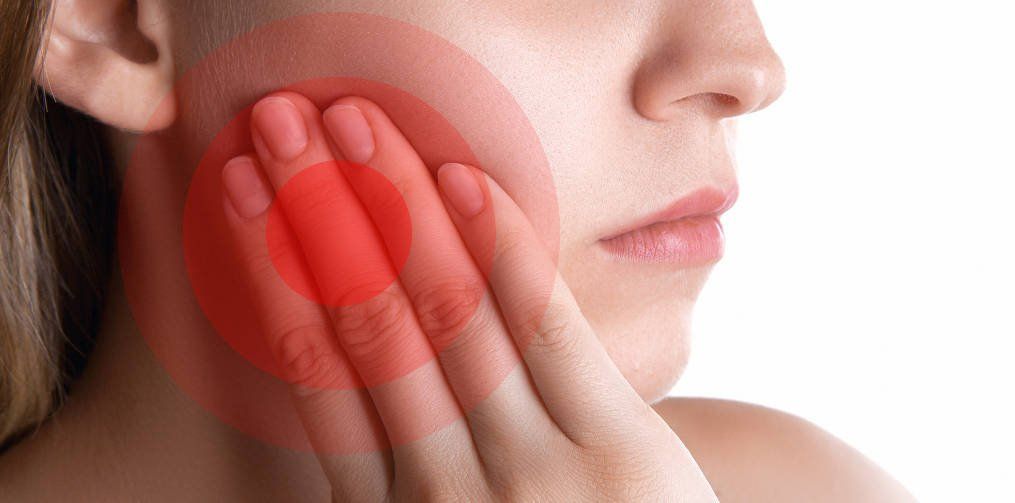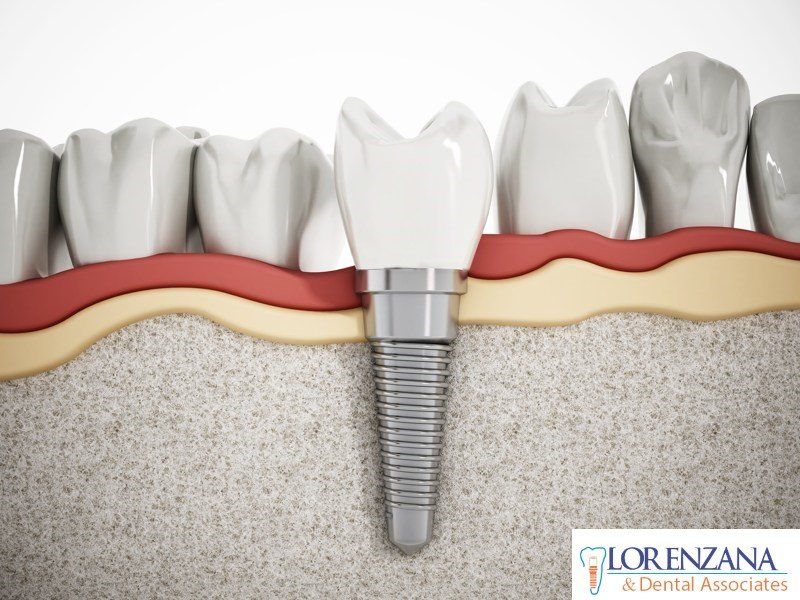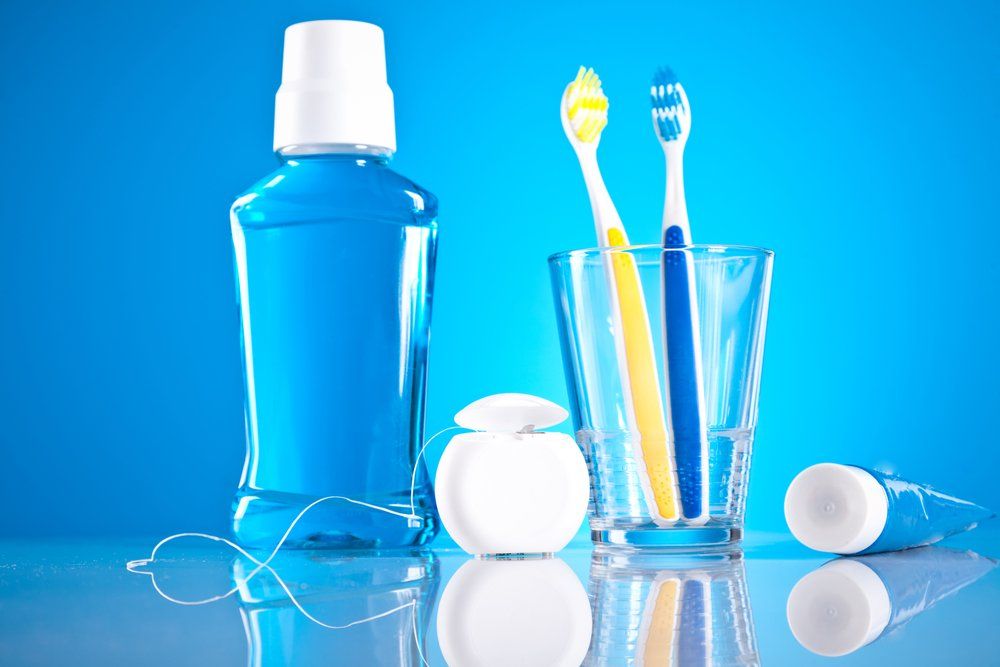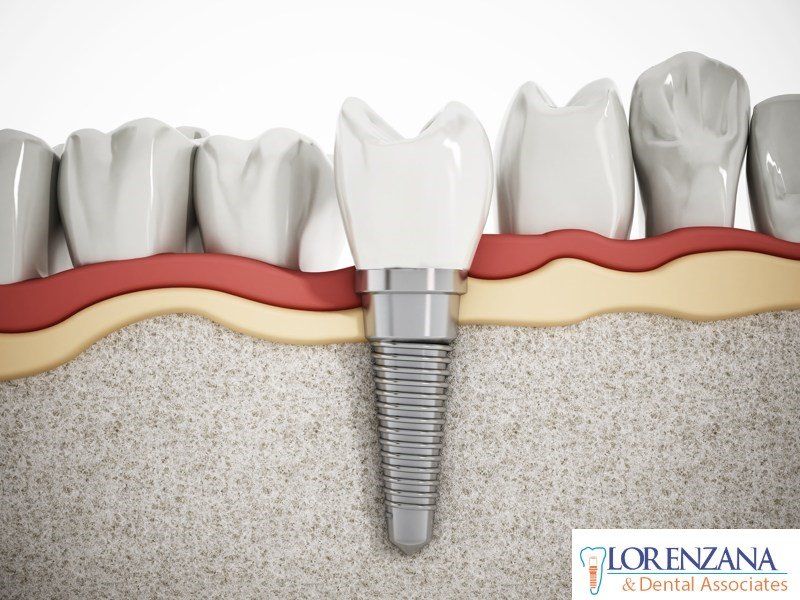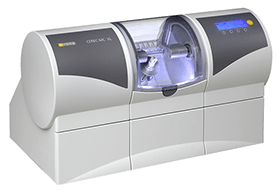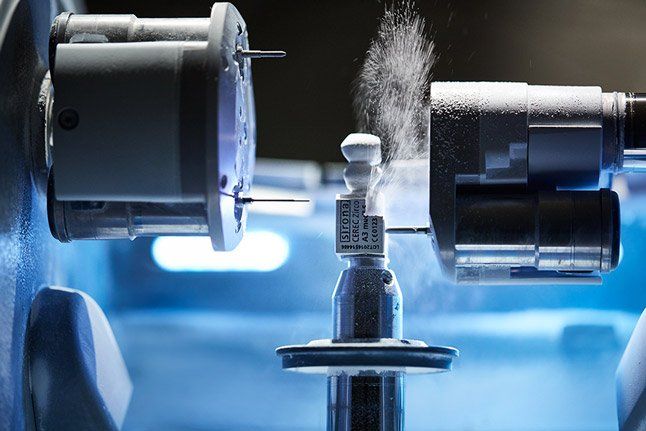Historia del Cepillo y Pasta Dental
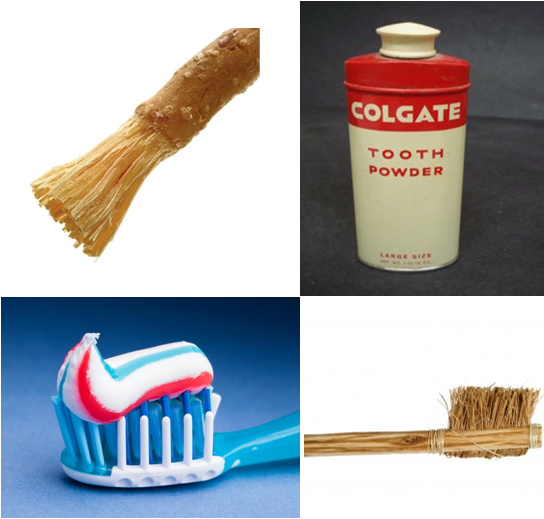
Hoy día, es conocimiento general que debemos cepillar nuestros dientes regularmente para mantener una higiene oral saludable. Sin embargo, los cepillos dentales no siempre han existido. Entonces, ¿cómo hacían las personas antes para mantener sus bocas limpias? He aquí una línea de tiempo de algunos eventos importantes en la historia de la higiene oral:
5000 AC - Para este entonces, se cree que los egipcios empezaron a usar una pasta para limpiar sus dientes, la cual era hecha de ingredientes como ceniza de cascos de buey y cascarones de huevo quemados. Los antiguos griegos y romanos también utilizaron pastas dentales y preferían ingredientes más abrasivos como conchas de ostras y huesos triturados.
3500-3000 AC
- Los babilonios y egipcios crearon cepillos dentales desgastando las puntas de ramitas.
1600 AC - Los chinos crearon "ramitas masticables" que eran hechas de ramitas de árboles aromáticos para refrescar el aliento.
500 AC - Los pueblos en China e India usaron pasta dental por primera vez. A lo largo del tiempo, los chinos utilizaron una variedad de sustancias, incluyendo ginseng, menta y sal.
1400s - Se cree que los chinos crearon el primer cepillo dental hecho de cerdas naturales. Lo hicieron adhiriendo pelo del cuello de cerdos a un mango de bambú o hueso.
1780 - El primer cepillo dental producido en masa fue creado por William Addis en Inglaterra. Consistía en pelo de cerdo adherido a una pieza tallada hecha de hueso de ganado.
1800s - La nuez de betel fue incluida como ingrediente en la pasta dental en Inglaterra.
1850s - La tiza se convirtió en un ingrediente principal de la pasta dental.
1850s - Una nueva pasta dental "cremosa" fue desarrollada. Antes de eso, las "pastas" dentales eran básicamente polvos.
1857 - La primera patente para un cepillo dental fue otorgada al estadounidense H.N. Wadsworth.
1860s - Una enciclopedia describió una pasta dental hecha en casa que utilizaba carbón molido como ingrediente.
1873 - Colgate comenzó la producción en masa de pasta de dientes en jarrones. Más tarde, en los 1890s, comercializó su pasta dental en tubos, como se hace hoy día.
1914 - Las pastas dentales con flúor fueron introducidas para ayudar a prevenir el deterioro de los dientes.
1930s - El nylon fue inventado y, en 1938, reemplazó al pelo animal en los cepillos dentales.
1939 - El primer cepillo dental eléctrico fue creado.
1945 - Hasta ese entonces, las pastas dentales contenían jabón, pero luego el jabón fue reemplazado por otros ingredientes, como el lauril sulfato de sodio que se usa en la actualidad.
Actualidad - Los cepillos de dientes manuales y eléctricos vienen en muchas formas y tamaños, son típicamente hechos de mangos de plástico con cerdas de nylon y los hay desde muy suaves hasta algo duros. Las pastas dentales contienen fluor, triclosan y otros ingredientes que proveen protección contra la caries, enfermedades de encías, placa, sensibilidad, mal aliento, entre otros.
FUENTES:
Valerie Strauss. "Ever Wondered How People Cleaned Their Teeth Before Toothbrushes?" The Washington Post.
"Who Invented the Toothbrush and When Was It Invented?" Library of Congress
"History Of Toothbrushes And Toothpastes." Colgate
History of Toothbrush and Toothpaste

Nowadays, it is widely known that we must brush our teeth regularly in order to keep a healthy oral hygiene. But toothbrushes have not always existed. How did people keep their mouths clean before, then? Here is a short timeline of the history of oral hygiene:
5000 BC - At about this time, Egyptians are believed to have started using a paste to clean their teeth, made of ingredients such as a powder of ox hooves' ashes and burnt eggshells. Ancient Greeks and Romans are known to have used toothpastes, too, favoring more abrasive ingredients such as crushed bones and oyster shells.
3500-3000 BC - Babylonians and Egyptians made toothbrushes by fraying the end of twigs.
1600 BC - The Chinese developed "chewing sticks" which were made from aromatic tree twigs to freshen breath.
500 BC - People in China and India first used toothpaste.The Chinese used a wide variety of substances in toothpastes over time that have included ginseng, herbal mints and salt.
1400s - The Chinese are believed to have made the first natural-bristle toothbrush by attaching bristles from pigs' necks to a bone or bamboo handle.
1780 - The first mass-produced toothbrush was made by William Addis in England. It consisted of pig bristles attached to carved cattle bone.
1800s - Betel nut was included in toothpaste in England.
1850s - Chalk became a main ingredient in toothpaste.
1850s - A new "creamy" toothpaste in a jar was developed. Prior to that, "toothpastes" were usually powders.
1857
- The first patent for a toothbrush was awarded to an American named H.N. Wadsworth.
1860s - An encyclopedia described a home-made toothpaste that used ground charcoal.
1873 - Colgate started the mass production of toothpaste in jars.1890s - Colgate introduced its toothpaste in a tube similar to modern-day toothpaste tubes.
1914 - Fluoride toothpastes to help prevent decay were introduced.
1930s - Nylon was invented and, in 1938, it replaced animal bristles in toothbrushes.
1939 - The first electric toothbrush was made.
1945 - Until this time, toothpastes contained soap, but then soap was replaced by other ingredients, such as sodium lauryl sulphate, a common ingredient nowadays.
Today - Manual and electric toothbrushes come in many shapes and size, are typically made of plastic handles with nylon bristles, and range from very soft to somewhat hard bristles. Toothpastes contain fluoride, triclosan, and other ingredients that provide protection against caries, gum disease, plaque, sensitivity, bad breath, and so on.
SOURCES:
Valerie Strauss. "Ever Wondered How People Cleaned Their Teeth Before Toothbrushes?" The Washington Post.
"Who Invented the Toothbrush and When Was It Invented?" Library of Congress
"History Of Toothbrushes And Toothpastes." Colgate
